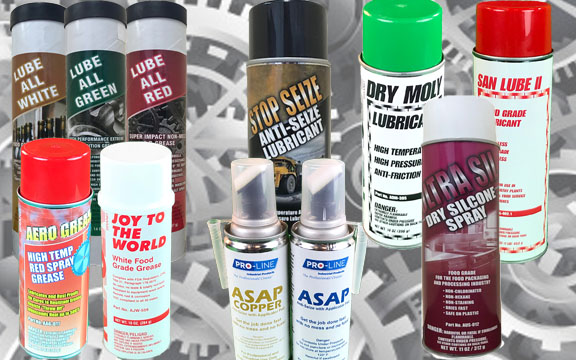Uncategorized
Aren’t Grease and Lubricant the Same?
Aren’t Grease and Lubricant the same?
Many people think that lubricants and grease are same. Both aim to lubricate equipment and prevent damage through metal-to-metal contact. The biggest difference setting grease apart from oil is its thickener. Grease is oil that contains a thickener, not just a thicker oil. Grease consists of two main components, a base oil and the thickener, plus there are performance-enhancing additives. The base oil will either be mineral oil or synthetic oil. The thickener in grease holds the base oil and the additives together and creates a semi-fluid or solid structure, as opposed to the much thinner consistency of oil alone. Although grease and oil are both lubricants, they both provide different benefits to keep crucial components protected.
Lubricant (Oil)
Lubricant oil is typically the best choice for intense friction and high-speed applications. Lubricants work well for minimizing friction between moving pieces, preventing wear. Lubricant oil is ideal for systems regularly operating at high temperatures because an oil circulation system will also help cool the components. Lubricants mainly contain between 75% and 85% base oil of synthetic origin or mineral. Lubricants are used in places where friction may occur such as chains, levers, and gear levers.
Grease
Components that endure heavy loads or move vertically will typically require a grease. Grease is engineered to stay in place and provide a longer lasting barrier between metal components, such as wheel-bearings. Grease is oil mixed with a thickener and other additives. These thickeners impact grease’s capability, its compatibility, and its consistency which is measured in NLGI grades. The higher the grade, the thicker the grease. Great adhesion to the surfaces of metals allows grease to act as an excellent seal for controlling leakage and sealing out harmful contaminants such as water, solvents, dust, and heat, keeping your equipment protected. It is also easier to apply in most industrial settings and lasts longer. The best greases should tolerate some contamination, resist leakage, change in consistency as required and be compatible with all seals. Greases are generally designed for applying on vertical surfaces, bearings, cables, seat posts, threads, stems, etc.

